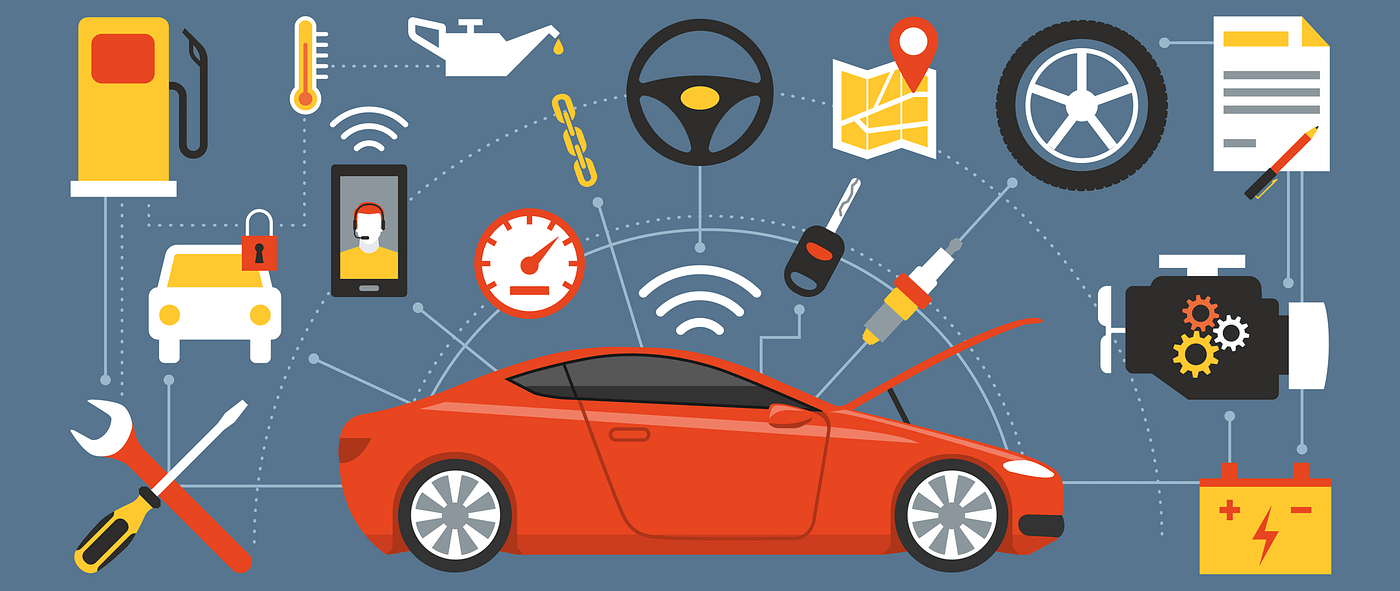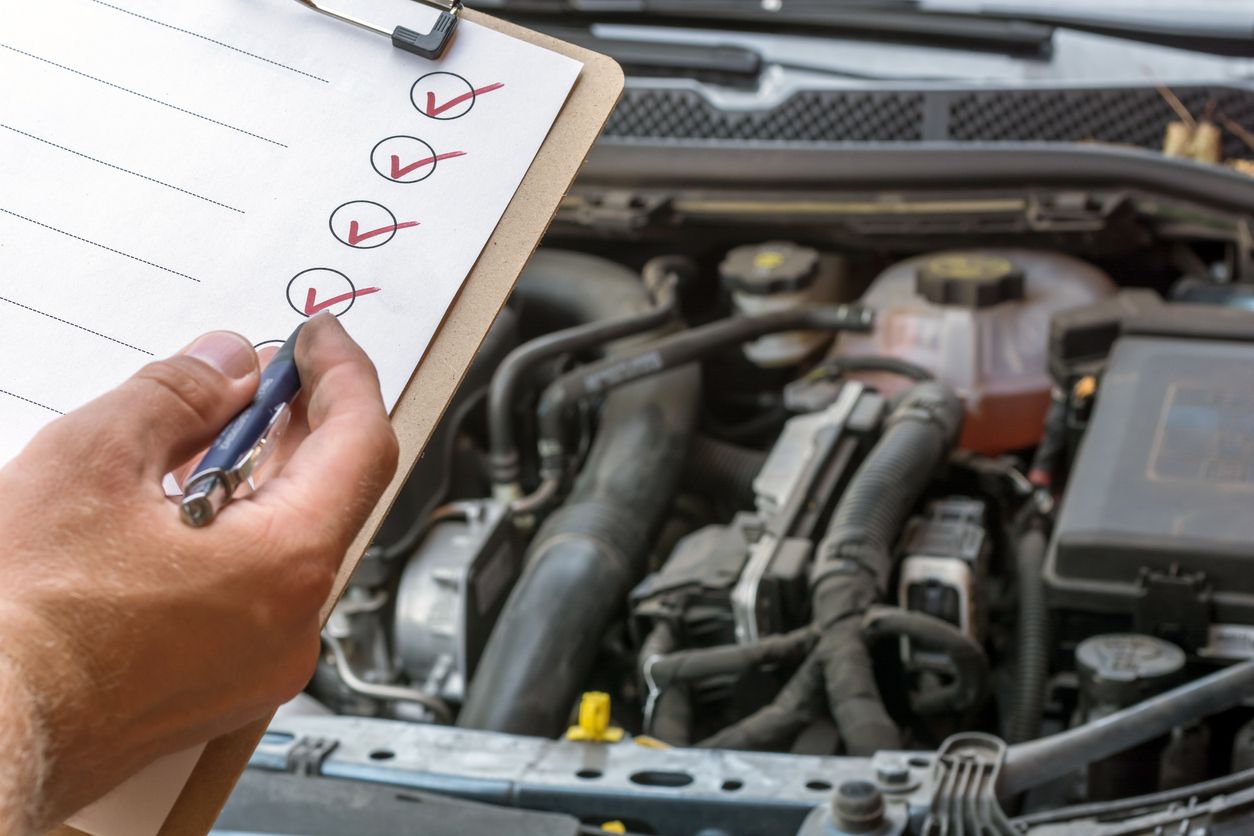All Categories
Featured

When it comes to car repairs or upgrades, one of the most crucial decisions you'll face is whether to choose Original Devices Supplier (OEM) components or aftermarket parts. Both options offer distinct advantages and downsides, so understanding the distinctions in between them is necessary for making an educated choice. In this article, we'll check out the advantages and limitations of OEM and aftermarket parts to help you make a decision which is best suited for your auto.
What Are OEM Components? OEM components are produced by the exact same manufacturer that made the initial components in your automobile. These components are created to fulfill the precise requirements of your automobile, ensuring they are a specific fit and provide the very same efficiency as the components that came with the car when it was first developed. OEM components are commonly taken into consideration the "manufacturing facility standard" since they come directly from the auto's supplier or an accredited distributor.

One of the primary advantages of utilizing OEM components is their guaranteed high quality. Since these components are made to the exact same criteria as the originals, they normally provide an excellent fit and reputable performance. Additionally, several OEM parts come with a guarantee, offering you comfort that you'll be safeguarded in instance of defects.
What Are Aftermarket Parts? Aftermarket components are made by third-party manufacturers that are not associated with your car's original maker. These components are made to fit a broad selection of automobiles and are generally cheaper than OEM components. Aftermarket components can be used for routine repair work or upgrades, and they frequently supply a broader variety of choices compared to OEM components.

The main charm of aftermarket parts is their affordability. They are commonly priced reduced than OEM components since they are generated by independent suppliers. Additionally, aftermarket parts may offer much better performance or extra attributes not available in OEM choices. Aftermarket exhaust systems, brake pads, and suspension components frequently supply renovations in efficiency or aesthetics that may not be discovered in OEM parts.
Advantages of OEM Components. Precision and Compatibility: OEM parts are designed specifically for your automobile's make and design, ensuring they fit perfectly and carry out to the precise requirements required. Service Warranty Coverage: Several OEM parts come with service warranties, providing protection in instance of issues or premature failure. High quality Assurance: Given that OEM parts are made by the original producer, they are subjected to the exact same strenuous quality assurance standards as the components mounted in your car when it was first constructed. Resale Worth: If you plan to market your vehicle, having OEM parts can help keep its resale value, as prospective buyers may be much more interested in an automobile that has actually been fixed with initial components. Benefits of Aftermarket Parts. Cost Cost savings: Aftermarket components are normally more economical than OEM parts, which can be a substantial advantage if you're on a spending plan or intend to save cash on repair work. Variety and Customization: Aftermarket parts supply a larger selection of choices, including efficiency upgrades and visual improvements. If you want to boost horsepower or boost your car's appearance, aftermarket alternatives can provide special remedies. Accessibility: Aftermarket parts are commonly simpler to locate than OEM parts, specifically for older automobiles that might no more have readily offered OEM parts. Efficiency Improvements: Some aftermarket components are designed with performance in mind, such as high-performance brakes, air filters, or exhaust systems. These components can boost your car's overall efficiency and driving experience. Drawbacks of OEM Components. Higher Rate: The most substantial disadvantage to OEM parts is their cost. They are normally much more expensive than aftermarket options, which can add up quickly if your vehicle needs numerous repair services. Restricted Modification: OEM components are designed to recover your automobile to its initial specifications, suggesting they may not supply the same series of personalization choices as aftermarket parts. Schedule Problems: Depending upon the age of your car, particular OEM components might be harder to discover or stopped, making fixings extra difficult. Drawbacks of Aftermarket Components. Irregular Quality: While numerous aftermarket components are of top quality, others may be poorly made or do not have the longevity of OEM components. It is necessary to investigate the maker and review evaluations to make certain the top quality of the component you're considering. Fitment Issues: Aftermarket parts are developed to fit a broad range of automobiles, but they may not constantly provide the excellent fit that OEM components ensure. This can bring about installment concerns or suboptimal performance. No Surefire Guarantee: While some aftermarket parts feature guarantees, they might not be resilient or as detailed as those provided by OEM components. Sometimes, utilizing aftermarket parts can also influence your automobile's guarantee protection if it's still active. How to Make a decision In Between OEM and Aftermarket Components. The decision between OEM and aftermarket parts ultimately relies on your certain demands, preferences, and budget. Below are a couple of considerations to help assist your selection:
Budget plan: If saving money is a priority, aftermarket parts are typically the extra economical option. However, understand that cheaper parts may not last as long as OEM parts, which could result in greater prices down the road. Automobile Age and Problem: For more recent vehicles, especially those under service warranty, it's commonly a good idea to pick OEM components to preserve the automobile's honesty and preserve its resale worth. For older cars, aftermarket parts might be extra useful, particularly if the lorry is no more under warranty or if you're attempting to expand its lifespan with cost-efficient services. Repair Work Kind: Specific critical repair work, specifically those pertaining to safety and security (brakes, air bags, etc), are best managed with OEM parts to make sure the greatest degree of security and performance. For non-essential repair work or alterations, aftermarket components can supply an exceptional equilibrium of high quality and cost. Efficiency and Customization: If you're seeking performance upgrades or unique personalization choices, aftermarket components might be the most effective choice. Many aftermarket producers design parts especially for boosting your vehicle's capacities, whether it's for better performance or aesthetics. Final thought. Both OEM and aftermarket components have their disadvantages and pros, and the best choice depends on your particular demands and top priorities. OEM parts are excellent for maintaining the original high quality and performance of your car, while aftermarket parts supply expense financial savings, modification options, and a more comprehensive range of options.
Latest Posts
Experience the Elegance of Hardwood Floor Covering with Carpet Interiors Floor & Home
Published Apr 19, 25
1 min read
Full-Service Auto Repairs at Montclare Auto Repair - Explore Now
Published Apr 19, 25
2 min read
Discover the Experts Behind Montclare Auto Repair - Committed to Excellence
Published Apr 19, 25
2 min read
More
Latest Posts
Experience the Elegance of Hardwood Floor Covering with Carpet Interiors Floor & Home
Published Apr 19, 25
1 min read
Full-Service Auto Repairs at Montclare Auto Repair - Explore Now
Published Apr 19, 25
2 min read
Discover the Experts Behind Montclare Auto Repair - Committed to Excellence
Published Apr 19, 25
2 min read